5 Incredible Food Preservation Methods
This post may contain affiliate links. We may earn a commission if you purchase via our links. See the disclosure page for more info.
The most important aspect of our food preservation methods is choosing the right one for the job based on our goals for emergency food storage. There are many ways to preserve food, each with advantages and disadvantages. The best way to select an appropriate food preservation method is to consider what type of food you are preserving, how long you need it to last, and what equipment you have available.
We all should put together a plan to cover our needs for short-term and long-term food storage. Our emergency food supply needs to consider nutrition since our daily intake of nutrients like vitamins and minerals is one factor that determines our overall health. Natural disasters aren’t the only things that may prompt our need for survival food. You may lose your job, have an accident or illness that makes you bedridden, or have family members who need your full-time care.
Being able to feed your family is a consistent challenge when times get tough. Food storage is one way to help get you through, but food safety is critical to food preservation and storage. We want to assist you as you put together your emergency food storage plan. This post should prove helpful as you move forward in your preparation journey.
PLEASE invest in a reputable canning book, Ball Canning Book, or USDA Canning Guidelines
Canning Items I Recommend:
- Ball Canning Book
- USDA Canning Guidelines
- Water Bath Canner
- Ball Electric Water Bath Canner
- Presto Pressure Canner
- All-American Pressure Canner (because of the weight of this pressure canner, please confirm your stovetop can handle the weight)
- Excalibur Dehydrator
- Apple Peeler/Corer/Slicer
- Funnel and Canning Items
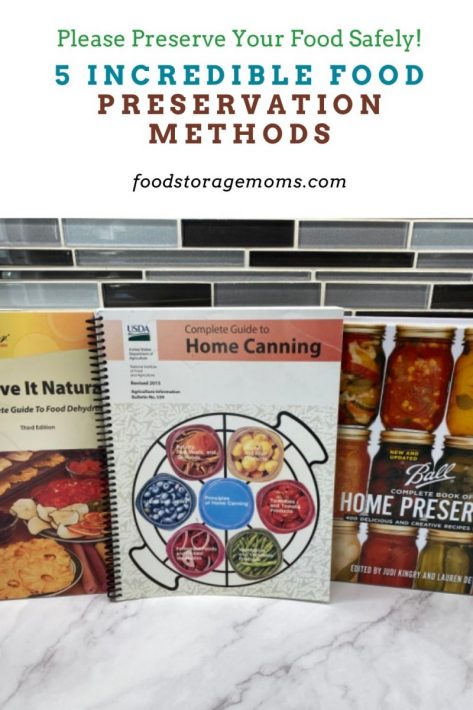
What is Food Preservation?
Food, by nature, is perishable without intervention. Fortunately, humans have been using various methods of food preservation for thousands of years to prolong the life and safety of our food. That can include steps like canned food, curing, fermentation, dehydrated foods, and modern methods of freeze-dried foods.
Food preservation is treating and handling food to stop or slow the spoiling (decaying or decomposing). Food spoilage is caused by the growth of bacteria, yeasts, and molds, which can cause illness if ingested.
5 Food Preservation Methods
There are many different food preservation methods, each with advantages and disadvantages. Some food preservation methods are relatively new, while others date back to ancient times. Over the years, we have refined the process and better understand the mechanisms. Here are the most common food preservation methods:
Canning
Canning is sealing food through a vacuum seal in airtight containers (jars or cans) and bringing the contents to a boil to kill bacteria or other microorganisms that might cause spoilage. Canned food is an effective way to preserve food because it prevents oxygen from reaching the various food products being canned. Like most organisms, bacteria need oxygen to grow.
Canning Process
Before you begin canning food, read the USDA’s Complete Guide to Home Canning and my Home Canning-Important Do’s and Don’ts!
- Choose the correct canning method.
There are two main canning methods: water bath and pressure canning. Water bath canning is best for high-acid foods like fruits and pickles, while pressure canning is necessary for low-acid foods like meat and vegetables.
- Choose the right canning equipment.
You’ll need a few essential pieces of equipment to get started, including a large pot, a canning rack, and jars with lids and bands or rings.
- Prepare your food.
Canning recipes often call for prepping the food in a certain way, such as peeling or chopping vegetables. Make sure to follow the recipe carefully to ensure that your food is prepared correctly.
- Process the jars.
Once your jars are filled with prepared food, it’s time to process them. This involves placing them in the canning pot and boiling them for a set period. Consult your recipe for specific processing times since each food product is different.
Freezing
Freezing is the process of chilling food to very low temperatures (-18°C or 0°F) to keep bacteria from growing. This process is an effective way to preserve food because it prevents bacteria from multiplying.
How to Freeze Food
Freezing is an excellent choice to preserve leftovers or pre-made meals. It’s also great for fresh veggies from your garden.
1. Choose the correct container.
Freezer-safe containers are made from materials that won’t crack or shatter when exposed to extreme cold. Freezer bags and plastic wrap are also good options.
2. Label and date your containers.
This will help you track what you have in your freezer and ensure that you use it before it goes bad. Sometimes, it’s hard to tell what is in that bag or container once it freezes.
3. Fill your containers correctly.
Leave some space at the top of the container so the food can expand through freezing.
4. Don’t overfill your freezer.
Freezing food can take up a lot of space, so make sure you don’t overcrowd your freezer. This will help ensure that your food stays frozen and doesn’t spoil.
Pickling
Pickling preserves food in an acidic solution, such as vinegar or brine (saltwater). Pickled food is an effective way to preserve food because the acid prevents bacteria from growing.
How to Pickle Foods
Pickling is a great way to extend the shelf life of your favorite fruits and vegetables. The pickling process involves immersing the food in a vinegar or brine solution, which preserves the food and gives it a unique flavor.
- Choose your fruits and vegetables.
First, choose the fruit or vegetable that you want to pickle. Asparagus, beets, bell peppers, blueberries, cauliflower, carrots, cherries, fennel, ginger, grapes, green beans, mushrooms, onions, parsnips, peaches, peppers, radishes, ramps, rhubarb, strawberries, squash, tomatoes, and turnips can all be pickled.
- Prepare your solution.
Next, prepare the pickling solution: vinegar, water, salt, and spices. The basic ratio for pickles is 1:1 vinegar to water and some combination of salt and/or sugar. Another standard ratio is 3:2:1. So three parts vinegar, two parts water, and one part sugar.
- Sterilize the jars.
Once the pickling solution is ready, sterilize your jars and lids by boiling them in water for 10 minutes.
- Fill the jars.
Then, carefully place the fruit or vegetable in the jars and pack them tightly.
- Cover with the correct solution.
Finally, pour the pickling solution over the fruit or vegetable until completely covered, then seal the jar with a lid. PICKLING IS FOR REFRIGERATION ONLY. Please don’t put these jars on your pantry shelf. If you decide to process these jars, follow the BALL Canning or USDA Canning Guidelines.
Drying/Dehydrating
Drying is a process of removing moisture from food, which makes it difficult for bacteria to grow. Drying is an effective way to preserve food because the lack of moisture prevents bacteria from multiplying. Dehydrating foods is a great way to create shelf-stable foods lasting for months or even years. I use mine within one year and start the process again with new fruits and vegetables.
How to Dehydrate Food
Fruits and vegetables are most commonly dehydrated. I’ve dehydrated apples, bananas, kale, watermelon, and Basil, to name a few.
- Choose fresh, ripe fruit or vegetables.
Please make sure they are free of blemishes or bruised spots. If you’re using frozen fruits or vegetables, thaw them completely before dehydrating.
- Cut the produce into uniform pieces.
You want pieces that are no more than 1/2 inch thick. If the pieces are too thick, they’ll take too long to dehydrate; if they’re too thin, they may dehydrate unevenly.
- Put on dehydrator racks.
Place your fruit or vegetables on the dehydrator racks, ensuring they don’t touch each other. Use multiple racks to ensure good airflow around all the pieces if necessary.
- Turn on the dehydrator.
Set the dehydrator to the recommended temperature for the type of fruit or vegetable you’re drying. Most fruits and vegetables have a temperature between 135 and 145 degrees Fahrenheit. Please refer to your dehydrator manufacturer’s owner manual.
- Check on the produce.
After the recommended drying time has passed, check the produce. If necessary, flip the pieces over and continue dehydrating until they’re finished according to your brand of dehydrator book.
- Store properly.
Store the dried fruit or vegetables in an airtight container. For best results, use them within 6-12 months. Please remember that they don’t have preservatives. One nice advantage is that the dried foods are lightweight and easier to handle in those jars.
Fermenting
Fermenting, or fermentation, is the process of using bacteria to preserve food. The bacteria convert the sugars in the food into lactic acid, which prevents other bacteria from growing. Fermenting is an effective way to preserve food because lactic acid inhibits the growth of different bacteria.
How to Ferment Food
Almost any vegetable can be fermented, but if you want to ferment anything else, make sure to do your research.
- Choose your fermenting vessel.
A mason jar or crock container works well.
- Pick your fermenting food.
Cabbage makes great sauerkraut, but you can also ferment carrots, beets, or other vegetables.
- Shred and chop the food.
Shred or chop your food to be fermented and add it to the vessel.
- Add Salt.
Add some salt. Salt helps preserve fermented food and is a necessary step.
- Fill with water.
Fill the vessel with water, leaving about an inch of headspace at the top.
- Cover the vessel.
Cover the fermenting food with a cloth and secure it with a rubber band.
- Ferment the food.
Ferment the food for about 2 weeks (leave it in the vessel), checking on it occasionally to ensure everything is going well.
- Store properly.
After 2 weeks, transfer the fermented food to a new container and store it in the fridge. Fermented foods will be good in the refrigerator for several months!
In case you missed this post, Why You Should Stock Sauerkraut
Advantages and Disadvantages of Common Food Preservation Methods:
Each food preservation method has its advantages and disadvantages.
- Canning- This is an effective way to preserve food but requires specialized equipment and can be time-consuming.
- Freezing- Freezing is easy and convenient, but it can cause freezer burn if not done correctly.
- Pickling- is a great way to add flavor to food, but it can make food too salty for some people.
- Drying or dehydrating -is a simple and effective way to preserve food, but it can take a long time, depending on the moisture content of the food product and the temperature setting of your unit.
- Fermenting- is a great way to preserve food and add flavor, but it requires special care to prevent contamination. (Refrigeration only)
Can I freeze-dry my food?
Freeze-drying food is a more modern approach to food preservation. There are special pieces of equipment designed for this method of preservation, and they can prove to be fairly expensive.
If you were to look at my stash of food, you’d see hundreds of cans of freeze-dried fruits, veggies, meat, and even dairy products like instant milk. I’ve thought about buying the equipment to do it myself, but at this stage of my life, it’s been easier to purchase it commercially. My “go-to” brand is Thrive Life and I love their products. I’ve noticed the cost for their #10 and pantry-sized cans has gone up this year. The fact that their products are geared to long-term storage makes the cost easier to live with since I don’t have to worry about replacing them often
Final Word
There are many different ways to preserve food. The best method for you will depend on your needs and preferences. Be sure to do your research before you start preserving food so that you can choose the best method for your situation! Always use a recipe to preserve your food correctly; that’s why I always have my preservation instruction books handy! May God Bless this world, Linda

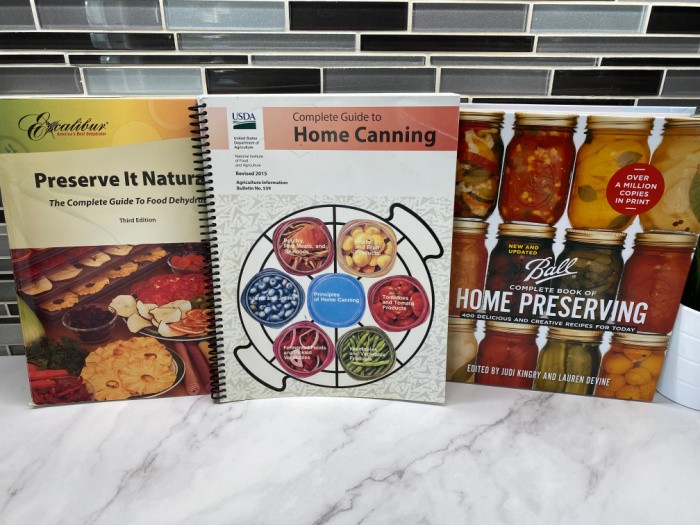



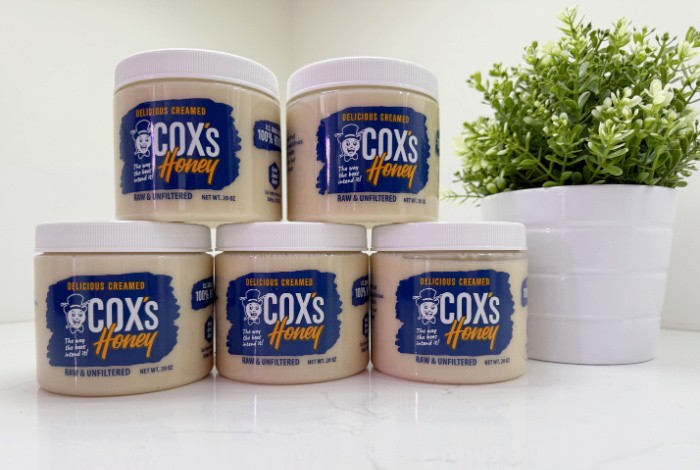
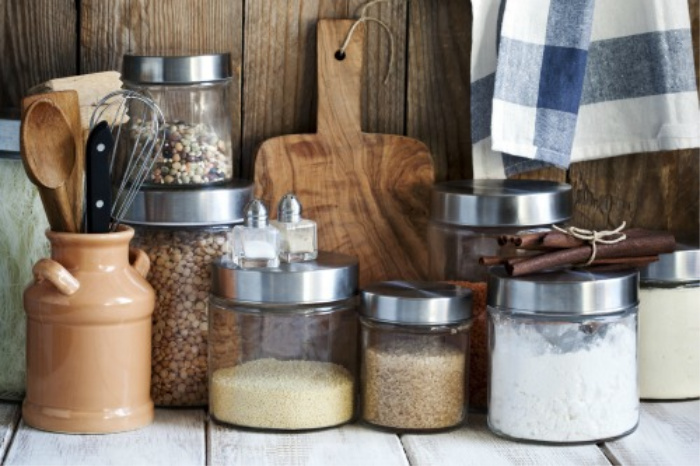
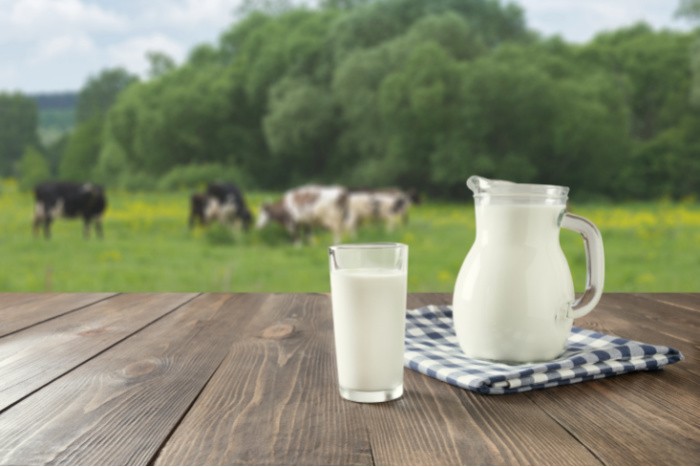

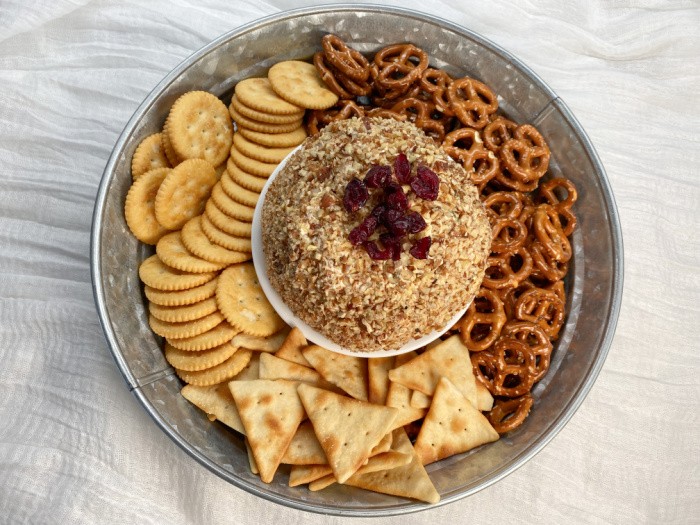

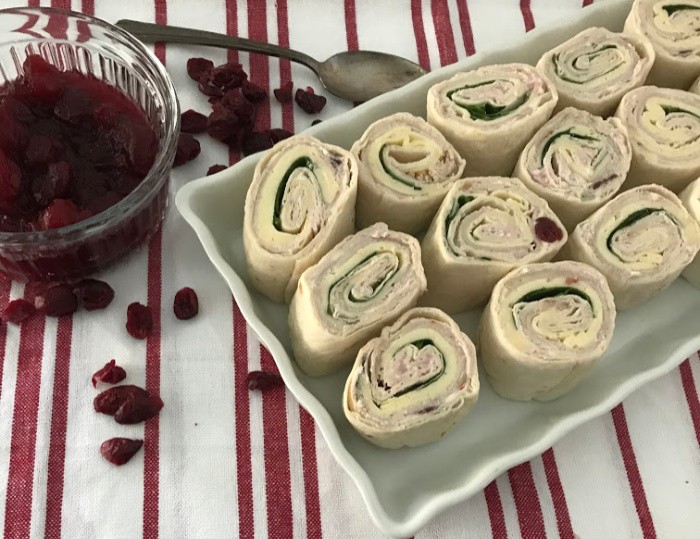
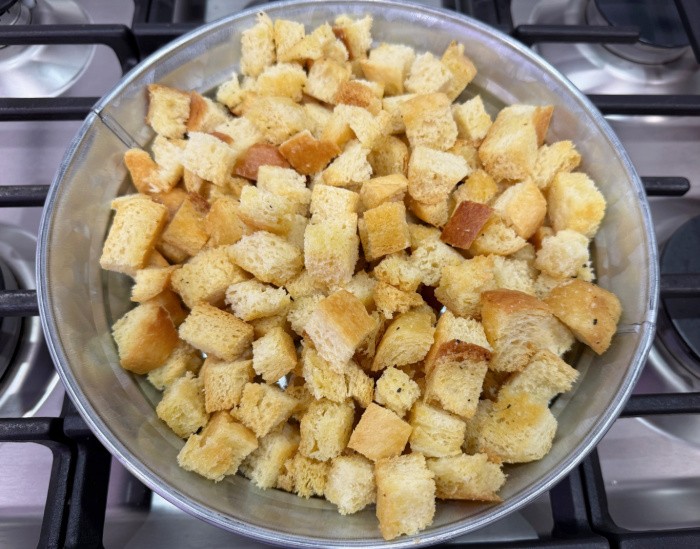
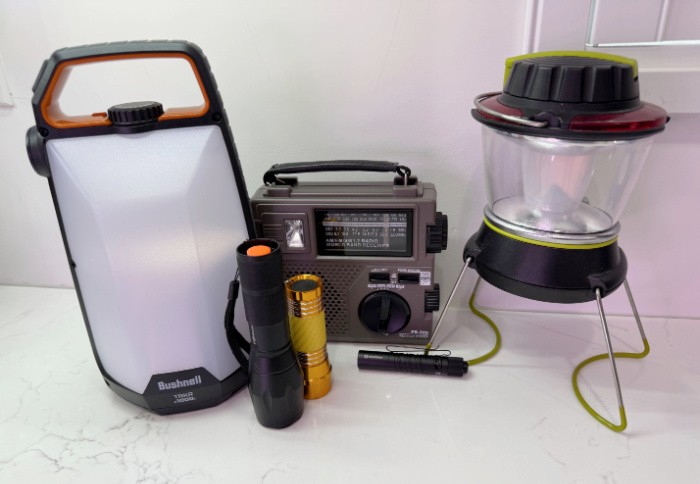
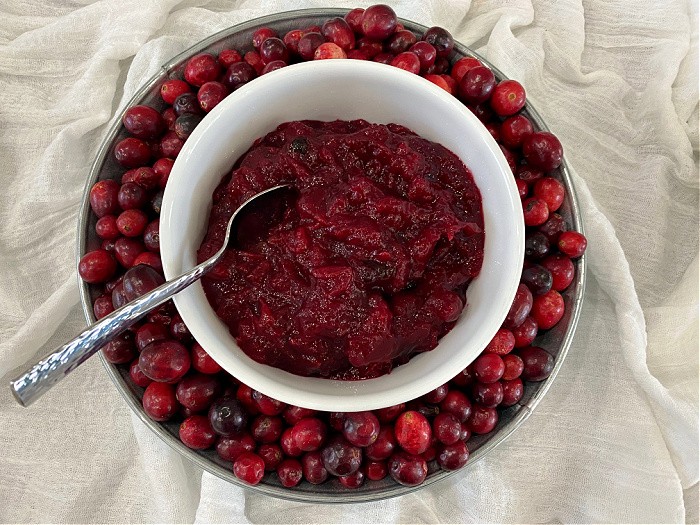
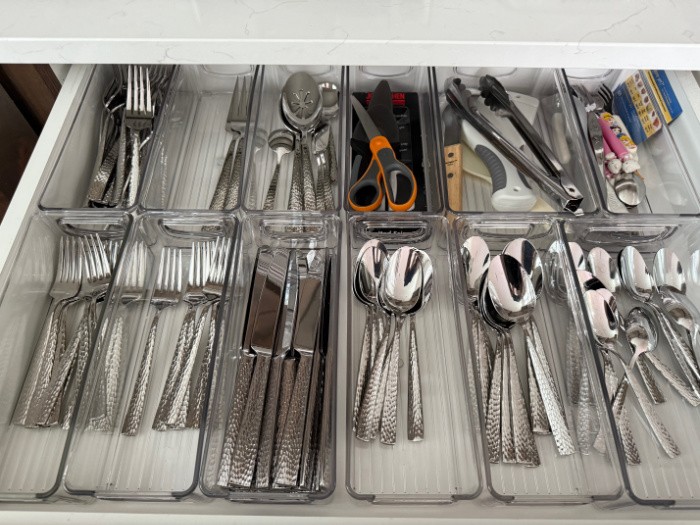
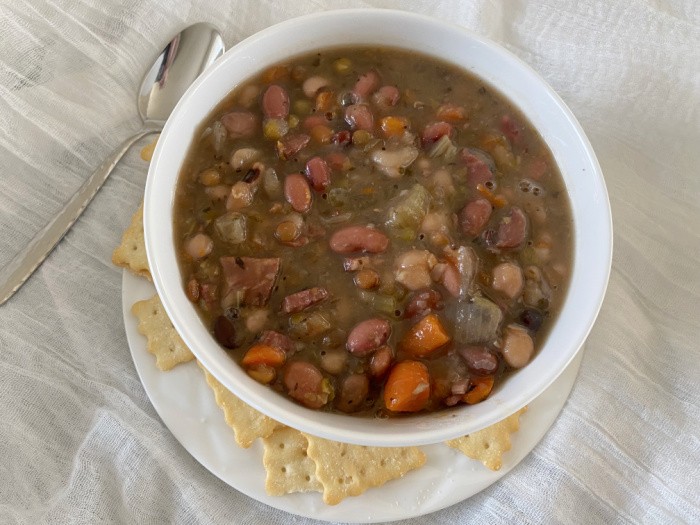


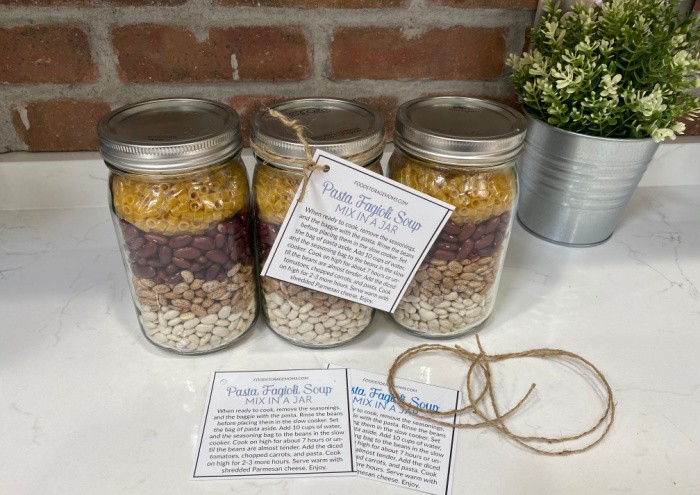
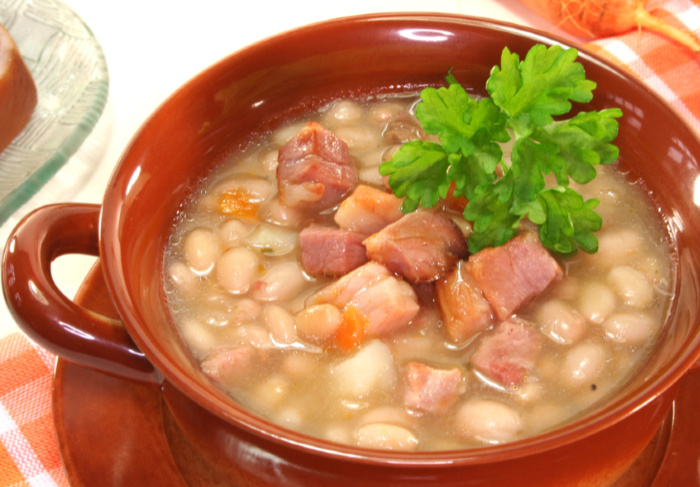

I have made a good amout of piccalily is my favorite. sorry my spelling is really bad being dislexic does not help. but if i worry about that i do not write at all. iwas interested and will have to read it again.
But i really want to ask you if i could have a good easy soda bread recipe.
i have made all our bread for the last 4 0r 5 years. but soda bread has got my interest.. but not getting a full recipe if I am asking too much then sorry and we can forget it. thank you either way David Brawn
Hi David, I have made soda bread and have a post and video for you. Enjoy! Linda https://www.foodstoragemoms.com/soda-bread-step-by-step-how-to-make-it/
Great post, Linda. I have a pressure canner, well several. And a water bath canner. And a couple of dehydrators, but not an Excalibur. I would love to have a freeze dryer, but it’s not in the budget.
Hi Deborah, ditto, a freeze dryer is not in my budget. I’m too old to recoup the cost! LOL! I admire those that have them! Linda
Linda, my favorite dehydrated food is beef jerky. Just have the butcher slice it and add salt and garlic or some kind of marinade. Then dry till chewy or rock hard. I dry mine to chewy and store in zipper bags in the freezer and it keeps a long time–if we do not eat it all first 😉
Hi Jan, ooh my gosh, I need to do this!!! We love jerky! I have only made hamburger jerky and I stored it in the freezer as well. I have got to do have the butcher slice it!! Love it!! Linda
I prefer dehydrating…many things.. it reduces the amount of space required to store.Including the number and type of jars..( for dehydrated foods i can re use non standard jars.)if processed properly, dry enough and silica and oxygen absorbers utilized/ or food saver vacumed… I have made teriyaki jerky using beef., if it is dried dry enough it SNAPS,and is stored with a silica pack and oxygen absorber it will keep for years.IF it is not crispy put it in freezer… that is not my cuppa, i dehydrate things so they are shelf stable- not so i can put in freezer- but that is just me. If i am going to trouble to can /jar something in process i am not putting it in freezer. if not shelf stable it does not go in glass.in freezer..for us that would be a good way to have frozen broken glass in there.
I use dehydration most often for veggies.. the okra is better after dehydration than fresh- most of the slime, is gone once it is rehydrated… it takes about 75 minutes to fully rehydrate in warm water and can be treated/used as fresh.we usually fry it. if needed in gumbo it can be crushed for quicker rehydration…. OR it can be eaten for a crunchy snack fresh from the jar… again dehydrated foods must be so dry they snap when broken… carrots, string beans, and sweet peas are other favorites.. if something is hard to rehydrate… i will put in spice grinder. and powder for creamed soups. and or thickening agents in soups and stews..
when i get foods that are nearing their best dry dates in cans i drain them and dehydrate. and use them for soup blends.
.Remember when you dehydrate and go to use a dehydrated product it will double in size. to have a cup of a veggie one would require a half cup of dehydrated…generally
Meats triple in volume from dehydrated to fresh… Just as to get a full pound of Jerky you need to begin with 3 lbs of meat.
Celery and mushrooms are two of our seasoning favorites.. dehydrating and powdering them takes care of those who have texture issues with mushrooms. and adds a fullness to spaghetti sauces and stir fry’s…and minimizes the amount needed to add desired flavorings.
I have seen info on freeze dryer and some say they re-couped their money in first year. It is on my want list but low on the priority list.
Hi Denise, Great tips on dehydrating foods. I love dehydrating more than anything else. It’s so easy for me to do and store. I have seen the statements on recouping the cost of the freezer dryer in one year. It’s low on my want and priority list. With the price of food, I can’t calculate saving the expense in one year but that’s me. I’m glad I have plenty of freeze-dried food purchased when the price of food was minimal compared to today. Life is good when we can store the food we preserve ourselves. Linda
I have canned, pressure canned, frozen and dehydrated. I would like to make a root cellar sometime if I live long enough. Thanks for more instructional advice.
My 10 year old grandson has developed an interest in dehydration. He was just laying the hebs on cardboard to dry. I taught him how to make a wooden herb dryer to hang but also the dehydrator. He was amazed that his peppermint leaves are still not dry by the hanging or air dry methods but after 45 minutes in the dehydrator they were. This summer I’m going to teach him more about the be process with jerky, potatoes and apples. Then, hell talk his parents into buying a dehydrator of his own rather than borrowing mine!
His mom now has all the tools to can do she will be doing that this summer and hopefully having her kids learn like I did growing up.
I taught my daughter how to make sauerkraut this spring as well.
Daughter already makes her own kombucha and sourdough bread so I’m thinking she is on a roll with her preservation of foods.
Hi Leanne, oh your example is coming through!!! Squeal! You know I love hearing a grandchild loves to learn about food preservation! Your daughter is rocking as well! I LOVE THIS!!! Linda
Leanne, Don’t forget to teach him how to lime eggs( for unwashed./eggs w/ bloom. I am using 2 gallon buckets as i have avail. common instructions is one ounce pickling lime to one qt water. Mix additional each time eggs are added. til full.( stirring eggs to make water cloudy and evenly mixed causes broken eggs=not good. LOL ask me how i know. and also to dehydrate them if you happen to have extra .
The best way i have found to dehydrate is to scramble in a nonstick DRY skillet,with nothing in/on them til just done, dice with spatula as small as possible , dehydrate at 140 degrees, til hard like small rocks. then grind in spice grinder til like cornmeal. pack in oxygen free pints.With oxygen absorber.. ( think was about 2.5 dz to a pint.packed.) they can be used for baking, scrambled eggs, also OKRA and summer/zucchini squash are great dehydrated. The squash can be used as veggie chips with dip and are sweet. Okra can be used rehydrated as fried, or crushed to add to soups, stews and gumbo.. I have done cucumbers dehydrated, i ended up adding them to a stir fry. Be sure to mark them they look exactly like zucchini.. LOL
I started using smaller containers to lime the eggs. The reason is I had one go bad and it ruined all the eggs in the container. Quart jars hurt less if ya lose one.
Hi Matt, great tip on using smaller glass jars, I’m going to tell my neighbor. Linda
Matt, It is a good idea to do limed eggs in quarts, the quart and half syrup jars or even half gallons.
This year,2024, we have removed all limed eggs from the storage. we do not prefer them. They are in process of becoming animal feed…. They do not come out of shells smoothly, and often break, making them suitable for scrambled only. Liming eggs is not worth the trouble- to us- since our egg supply is stable at the present time…
I am dehydrating fully cooked eggs. for our use… should we run low. Several years we used a dozen daily. We have burnt out on – breakfast eggs,..so have reduced use. very little use for any- except breakfast. about half the time we use leftovers for breakfast…and skip traditional breakfast foods completely…
Hubs makes our sourdough, uses a hybrid recipe with a 4 hour time to completion. We eat very little cheese, and carbs. working toward cleaning up our diets… almost all of the prefab foods are gone…our quick eat foods are packaged as individual items and combined for our recipe of the day. We choose the meat we want for the day/meal. Most of the time we do 2 meals a day and sometimes add a snack somewhere. We are both lighter because of that one change. Hubs does intermittent fasting for 14-24 hours at a time…( lost 40 lbs in a few months.)
Yeah they don’t make good over easy. I just use them to get us through molt without buying and gambling on store eggs. The other reason I do them is when I see upcoming “events” that could threaten food security.
Congrats on weight loss !
HI Matt, I’m with you on the “events’ that could threaten our food supply. Linda
Hi Denise I have heard of intermittent fasting, congrats to him on 40 pounds! Linda
Linda,
What an excellent article. Vacuum sealing and freezing is my favorite method of storing food long term, with pressure canning coming in a close second. Dehydrating comes in a distant third. I really need to get back into making jerky as I love it. Pemmican too, though while Pemmican keeps without refrigeration for a long time, I don’t know what category of food storage it would fit into. My Blackfoot grandfather used to salt meat and fish to preserve them. He also made pemmican from pine nuts, assorted berries, wild onions, venison and animal fat (not sure what kind of fat he used). Wish I’d learned how from him.
HI Ray, I have never made pemmican, but see it on social media. I love the DicoRain you told all of us about. I wish I could remember some of the things my great grandmother taught me. Linda
Ray,…. just think about what fats he had available- and using methods to purify those fats…( like dropping in whole small potatoes, and frying to purify the oil., Many Indian tribes utilized bear fat….) there are Pemmican recipes out and available.. you have given a good base for many recipes.. Look at the wild berries available when deer are harvested.. huckleberry, or sandberry, for instance… You can get very close to his recipe
Hi Denise great tip on the fat available years ago. Good one! Linda
Denise, Your post reminded me that he did use bear fat and sometimes beef tallow.
Thanks.
Denise, kudos on your dehydrating expertise and for sharing. I’ve found that fresh eggs with the bloom still on them will last for months in a fridge. Usually I store enough to get me through the molting and short daylight hour months. This year I gave too many away to neighbors and friends so I’ll end up buying some before my hens start laying again. Live and learn, right?
HI Ray, the price of eggs has really gone in here in Utah. You are blessed to have chickens. Linda
That’ll happen Ray lol. Given away too many myself before.
Ray,
I was glad to see you post..
I purchased some for others this year, but managed to have enough for us this time. I would buy 2 dozen and give them half store and half home eggs… have enough to share for two different families..When i see my production slacking off i let the people i routinely gift… know so they can modify their use. . Some of my birds are 5 years old, and have almost completely stopped laying.- time to send out supper invitations…I give my girls 13 hours of daylight every day, a daylight bulb set on a timer for 4:30 am. and an extra hour after dark gets them in the coop easily…. My spring chickens from last early May hatch have begun to lay…fairly reliable. I add about 5-6 every year this year i added Buffs…. and i love them…. with a 22% pellet and added light you can get to more production in a few days….. regular store bought eggs at wal mart were 4.99/dz on dec 24th here…
Hi Denise, you have this down on egg production! Way to go! Linda
Denise, thanks for the tips. I do feed them 22% pellet but I don’t add lighting even though I’ve heard it works. Mine are Delawares and Dominiques. Great layers until now. It’s been 6 weeks since they stopped laying so another two weeks and they should start back up (according to what’s happened in the past). Meanwhile my neighbors and I are on egg rationing.
Oh, I also feed them veggie scraps, greens from my garden and, especially during the molt, sardines in oil. My oldest birds will be 4 in April.
HI Ray, I love hearing about your chickens and your garden. Linda
Ray My hens usually give me a noticeable increase in laying in March. I really like my spring chickens coming in with laying in November and December. I have primarily Buffs now.. had a Columbian Wyandot roo that was fabulous .The one i have now is a several generation descendant… he has white tail feathers/buff body….and the same calm demeanor… I named him “Talker.” when we were pulling the roosters to harvest he clearly squawked ” Help Me” 3 times.. hubby DD and i all heard him -so he was saved…. he made it thru the final culling three weeks later, as it became clear who was aggressive and not.. I had RIR’s in my flock and the last one was about a quarter… He attacked me when i was busy with something….didn’t even know he was there. It took about 5 weeks for the injury to heal… He ate just fine, and was a big boy. I really don’t like store eggs. …they beat having No eggs, just barely… and egg substitutes- “not if i can help it.” ..none of them substitutions have protein.. ..
I’ve dehydrated jerky, watermelon, apples, oranges, lemon, onion, bell pepper, frozen early peas, carrots, cut okra, and more that I don’t remember. Oh tomatoes and made tomato powder. Also strawberry powder, really good on ice cream and in milk.
Hi Deborah, oh I love hearing you dehydrate different fruits and vegetables. I have never done Okra. Now I want to sprinkle my strawberry powder on my ice cream! Yummy! Linda
I bought frozen veggies. They were on sale of $1. a bag. With the cut okra, you rehydrate, batter and fry. So, so good. I also did the frozen corn. Frozen veggies are already blanched. Otherwise, blanch fresh ones first.
Deborah,
I dehydrate the 4 way mixed veggies, 4 lb w/ 2 lb string beans to make a soup mix.. like we prefer.
yes! we prefer dehydrated okra over fresh.
HI Denise, I love those 4 way mixed vegetables, they’re the best for dehydrating! Linda
Hi Deborah, I love getting frozen vegetables on sale, no work, just dehydrate! YAY! I will have to try the okra in batter and fried, yummy! Linda
When you use dehydrated okra , just cover it plus a little with very warm water, cover the container to keep heat in…… when it is texture right.. drain any extra water.. batter and fry… it usually takes my okra 45-min to one hour… to rehydrate. So not a last minute thing that can be done… yes you can season your okra for snacking as you dry it, if you know how much you will consume as crunchy veggies.. The 4 way veggies have too much corn for how we like to use them so that’s why we prefer to add more string beans… to the veggies for our blended soup mix..
I did a lot of canning in the past. Now I do more freezing. Our butcher vacuum seals on request. I admit to over filling the freezer, but in my defense, every time my husband says the freezer is full, and I buy more, he makes it fit.
We served a Christmas Brunch to friends and family for almost 50 years. This year, our girls stepped up and proved they were paying attention while growing up. We got to be guests while we were treated to the delights from their ovens and freezers.
Hi Chris, what a blessing a freezer is thats for sure! I love hearing you were the guests this year, great example over those 50 years! Good job mama! Linda